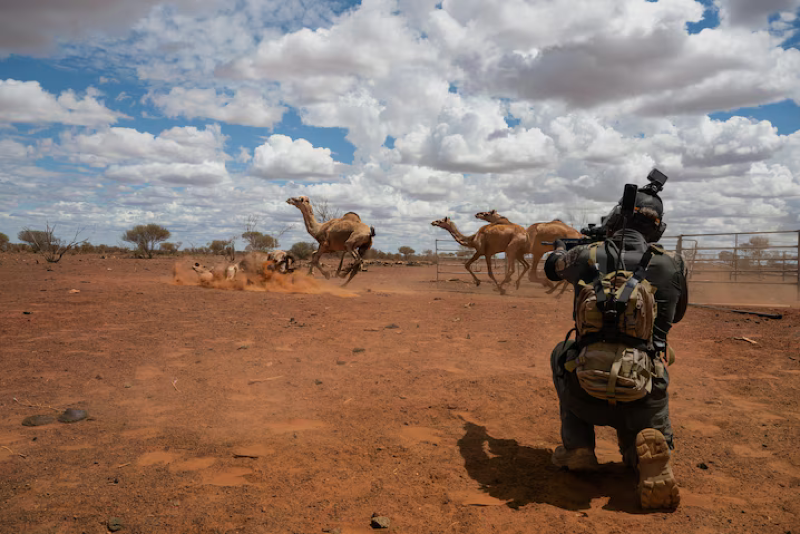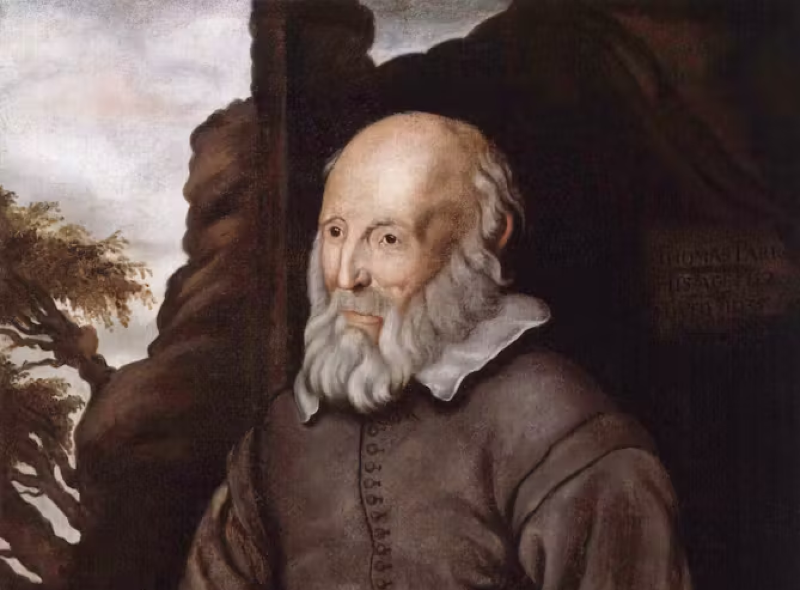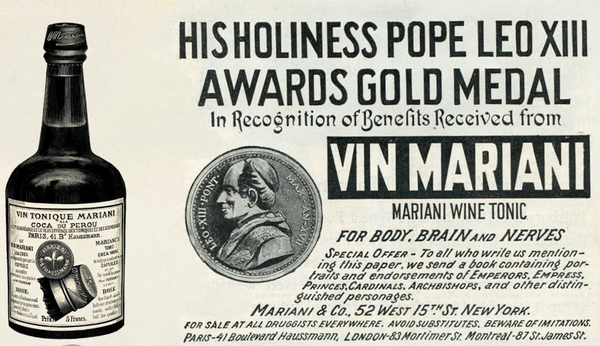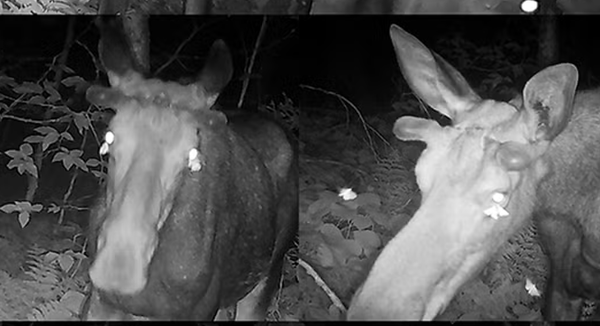The ankle monitor was inspired by a Spiderman comic strip

From Public Seminar: "Electronic monitoring came into the criminal justice system not as a result of extensive research, but in part because a district judge in Albuquerque avidly pursued the idea in the 1970s. Judge Jack Love had read about the use of location tracking for livestock, and was further inspired by a Spiderman comic strip in which Kingpin forcibly slaps an “electronic radar device” onto Spiderman’s wrist so he can keep an eye on him. Motivated by a desire to keep people out of the brutal New Mexico prisons, Love convinced a computer salesman to design a similar device, and in 1983, a probation violator was the first to be fitted with one. States like California, for example, have done this to address prison overcrowding. Today, the number of people under electronic monitoring is actually quite small (about 200,000 at any given time) compared to the overall population under the umbrella of non-custodial corrections like parole."
The Australian outback is being overrun by hundreds of thousands of feral camels

From National Geographic: "Jack Carmody has built a sizable YouTube following by showing his viewers what it takes to run a cattle station in the Australian outback—the rugged work of mending troughs, reinforcing fences, and shooting trespassers. Feral horses and donkeys, that is, and one particularly destructive invasive species: camels. Introduced in the 19th century to help colonists survey the country’s vast interior, the creatures are now wreaking havoc across the outback. Australia is now home to the world’s largest feral camel population, with estimates from several hundred thousand to as many as a million. Females can give birth every two years and live up to 40 years in the wild, meaning the number of camels can double every nine years. Weighing an average of 1,000 pounds, they roam in herds from fewer than 10 to several hundred, trampling ecosystems and destroying infrastructure. The creatures are voracious consumers of plants, competing with other wildlife and livestock."
The unlikely story of a bankruptcy lawyer who got famous for handing out two-dollar bills

From Vice: "Seven years ago, when Justin Bieber still had side bangs and Bieber Fever had only just begun, the teenage pop star was performing one of his earliest shows in New York. His manager, Scooter Braun, remembers the venue being full to capacity, with packs of kids screaming from the crowd, yelling all the words to “Baby.” For the most part, everything went off without a hitch. And then, abruptly, something was not right. “All of a sudden, I see $2 bills flying through the air,” Braun told me. “I look up and there was this guy on the balcony, just like, spraying Justin with $2 bills.” This guy—pale and paunchy, with salt-and-pepper hair—seemed to have several decades on the rest of the audience, which was made up primarily of teenaged girls. He looked like he could’ve been someone’s dad, if it was normal for dads to bring wads of cash to Justin Bieber shows."
Hi everyone! Mathew Ingram here. I am able to continue writing this newsletter in part because of your financial help and support, which you can do either through my Patreon or by upgrading your subscription to a monthly contribution. I enjoy gathering all of these links and sharing them with you, but it does take time, and your support makes it possible for me to do that. I also write a weekly newsletter of technology analysis called The Torment Nexus.
How America's most remote community gets its paper mail delivered

From The Atlantic: "Just after 8 o’clock one spring morning, 2,000 feet below the rim of the Grand Canyon, Nate Chamberlain, wearing chaps and cowboy boots, emerged from the post office in Supai, Arizona, with the last of the morning mail. He tucked a Priority Mail envelope into a plastic U.S. Postal Service crate lashed to one of the six mules waiting outside. Then he climbed into the saddle on the lead mule, gave a kick of his spurs, and set off down the dirt road leading out of the village. It was the beginning of what may be the country’s most unusual USPS route—the very last to deliver mail by mule. The mule train would travel eight miles along a creek lined with cottonwoods, through a narrow gorge, and up a switchbacking trail carved into the cliffside to reach a hitching post at the top of the canyon, where a sign reads US MAIL DELIVERY ZONE. There, Chamberlain would drop off the outgoing mail with a driver."
He said he was a hundred and fifty-two years old and had the secret to long life

From Public Domain Review: "In the autumn of 1635, a man arrived in London. In itself, this was not an unusual event: London was a thriving metropolis, and the seventeenth century was a time of rapid urban growth. People from across the country (and world) arrived in the capital every day. But Thomas Parr was no ordinary man. He had recently celebrated his 152nd birthday. Something of a late developer in his personal life, he married for the first time at 80, and for the second at 122. Parr was, by all accounts, a hard worker well into his second century, but by 1635 he was beginning to show his age. He could walk with support, but he was also blind, very wrinkled, and had only one tooth. Had the Earl of Arundel not decided to pay a visit to his Shropshire estates that summer, Parr would surely have died in rural obscurity. But Thomas Howard was an enthusiastic collector of antiquities, and when he heard of the existence of a 152-year-old man, the earl decided that this marvel must be taken to London."
The surreal landscape of Zhangjiajie National Forest Park in China
The surreal landscape of Zhangjiajie National Forest park, China
— Science girl (@gunsnrosesgirl3) May 22, 2025
pic.twitter.com/h7U9a4HGWa
Acknowledgements: I find a lot of these links myself, but I also get some from other newsletters that I rely on as "serendipity engines," such as The Morning News from Rosecrans Baldwin and Andrew Womack, Jodi Ettenberg's Curious About Everything, Dan Lewis's Now I Know, Robert Cottrell and Caroline Crampton's The Browser, Clive Thompson's Linkfest, Noah Brier and Colin Nagy's Why Is This Interesting, Maria Popova's The Marginalian, Sheehan Quirke AKA The Cultural Tutor, the Smithsonian magazine, and JSTOR Daily. If you come across something interesting that you think should be included here, please feel free to email me at mathew @ mathewingram dot com



